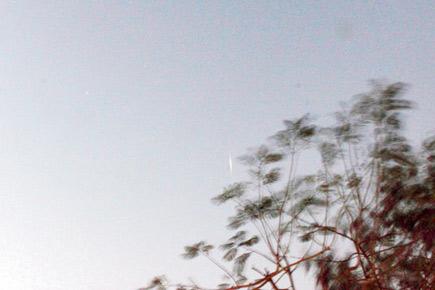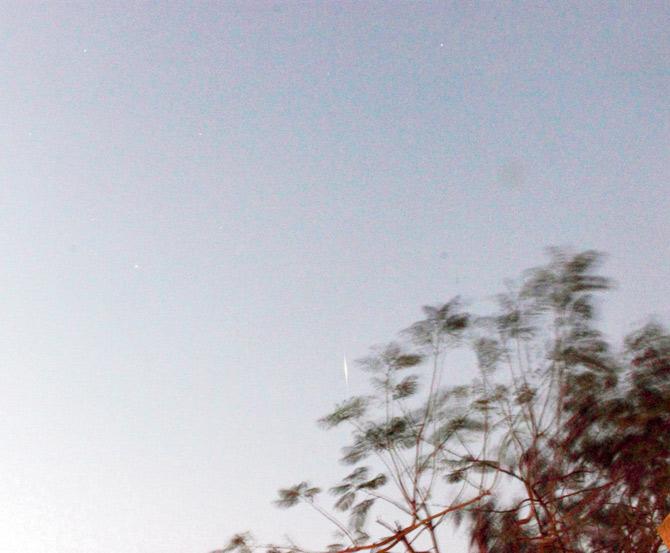Mumbaikars will witness two bright flares, a result of reflected sunlight, over the weekend known as Iridium Flares


An 8 magnitude flare captured using a 20-second exposure in 2011
If the city has the same clear summer sky as has been the recent trend, get ready to witness a couple flashy flares, albeit for a few brief seconds each.
ADVERTISEMENT
These are Iridium flares-caused due to the reflection of sunlight from the solar panels of Iridium satellites located in the low Earth orbit. There are 66 Iridium satellites orbiting the earth from the height of about 781 kilometers, traveling at about 27,00 kmph, and whose function is to provide voice and data coverage to satellite phones and integrated transceivers.
The first flare on Saturday is expected at approximately 7:49:59 pm that will last a little more than a second. "Assume, you took a piece of glass and reflected the sunlight from it to someone's eye. This is something like that," explains Arvind Paranjpye, Director of Nehru Planetarium. "The 'reflected' sunlight from the satellites will be passing over Mumbai and we will see a flash for about a little more than a second, and then it will be done. There are huge-mirror like panels on the satellites that are responsible for reflecting the light towards you, causing you to see the flash," he added.
Sunday is bigger, brighter
However, on May 7, at nearly the same time - 7:43:55 pm - in the same direction, another flare can be observed, again for a little more than a second. But, this second flash will be almost 40 times brighter than the previous one. "Sunday's flare will be 40X brighter because of the sun-satellite-Mumbai angle," Paranjpye explained.
Although these flares have been observed before, this time, the flares are taking place very close to the moon, making it easier for even the casual observer to spot them.
 Subscribe today by clicking the link and stay updated with the latest news!" Click here!
Subscribe today by clicking the link and stay updated with the latest news!" Click here!







